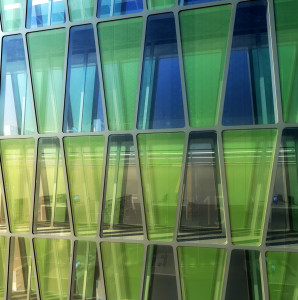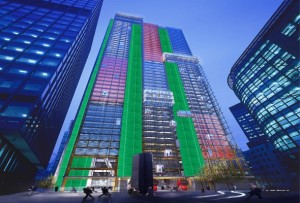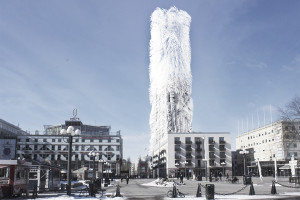by RONDA KAYSEN, Habitat, June 2012, p. 22-25
A year ago this month, New York City released an interactive map showing every solar power installation in the city. It’s not a robust picture. There are fewer than 500 solar installations citywide.
NYCSolarMap.com could change that. By providing property owners with detailed information about tax incentives, solar potential, and the payback period for an individual rooftop, NYCSolarMap could, if you’ll pardon the pun, lead to sunny skies for solar. In all, two-thirds of the city’s roofs could harness enough of the sun’s energy to make it worth the investment.
The City University of New York (CUNY) is leading local solar efforts and developed the map in partnership with the city and the federal Department of Energy. The site has had about 200,000 hits since it launched and gets about 60 visitors a day. “You’re always going to get the early adopters. However, to trigger mainstream adoption you need to make the case for solar by using data,” says Tria Case, director of sustainability for CUNY and the map’s lead developer. The map cost $660,000 to build and gives users the tools to make an informed decision about their own property. The map, created from photographs taken by airplane using a laser system called Lidar, also tracks solar thermal projects and eventually could become an energy map for the entire city.
Map Barriers
But there are barriers to installing solar. The city permitting process can be cumbersome. And not all buildings are good candidates. A property must have a large roof that’s in good condition. Above all, it needs ample sun. A building with too much shade will not get enough sunlight to generate energy. For that reason, buildings in boroughs other than Manhattan tend to be better candidates.
Then there are the financials. If a building is structured as a 501(c)(3) nonprofit, it won’t benefit from some of the tax incentives. And since most of the financial incentives come in the form of a rebate, a building’s owners need to either have enough cash to pay for the project up front or be able to qualify for a loan. [...]


